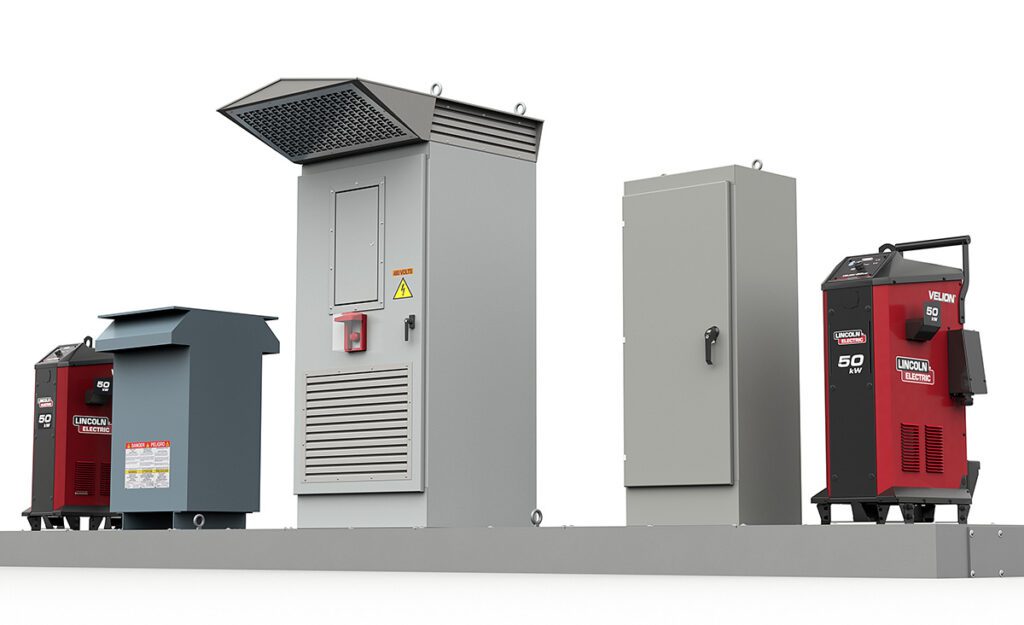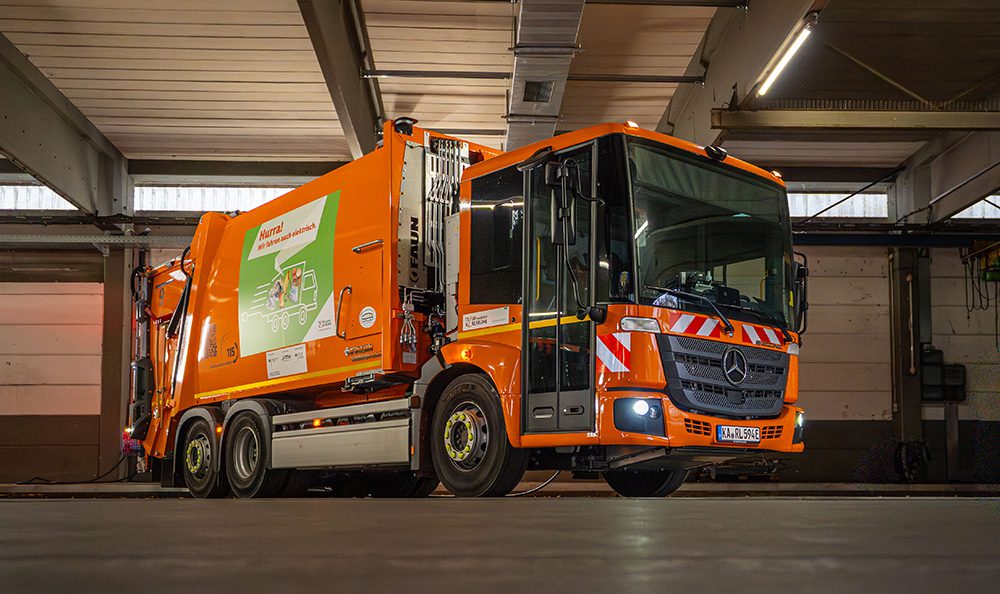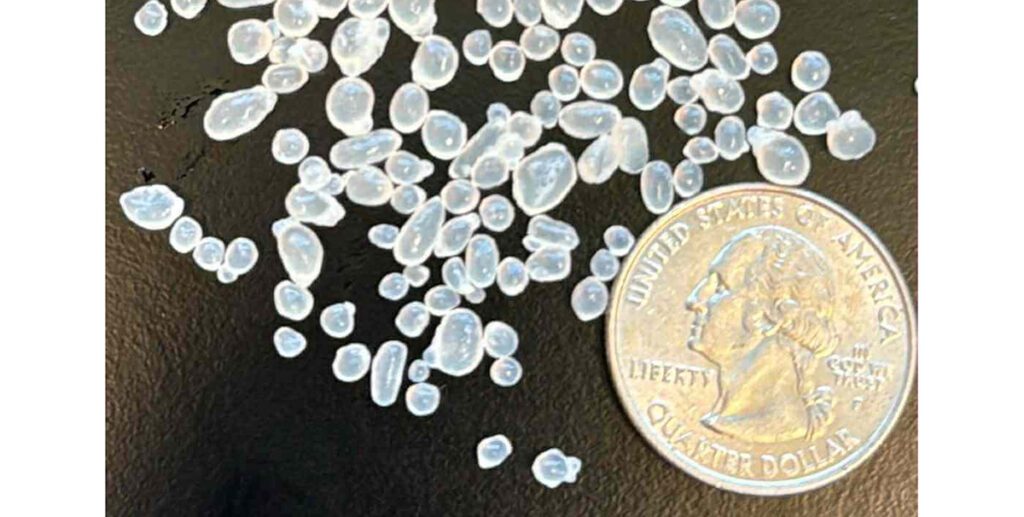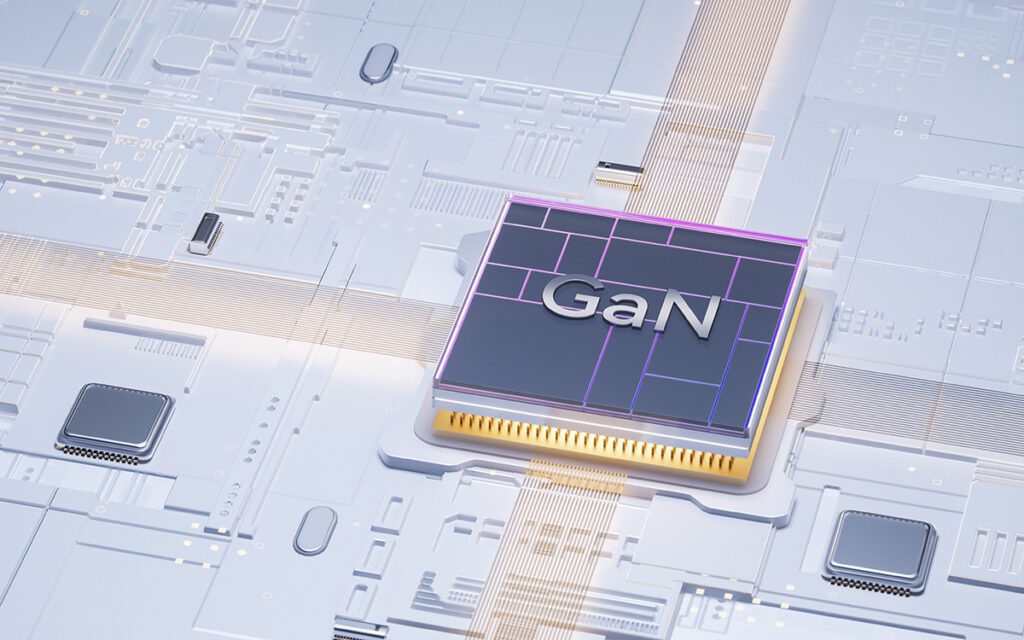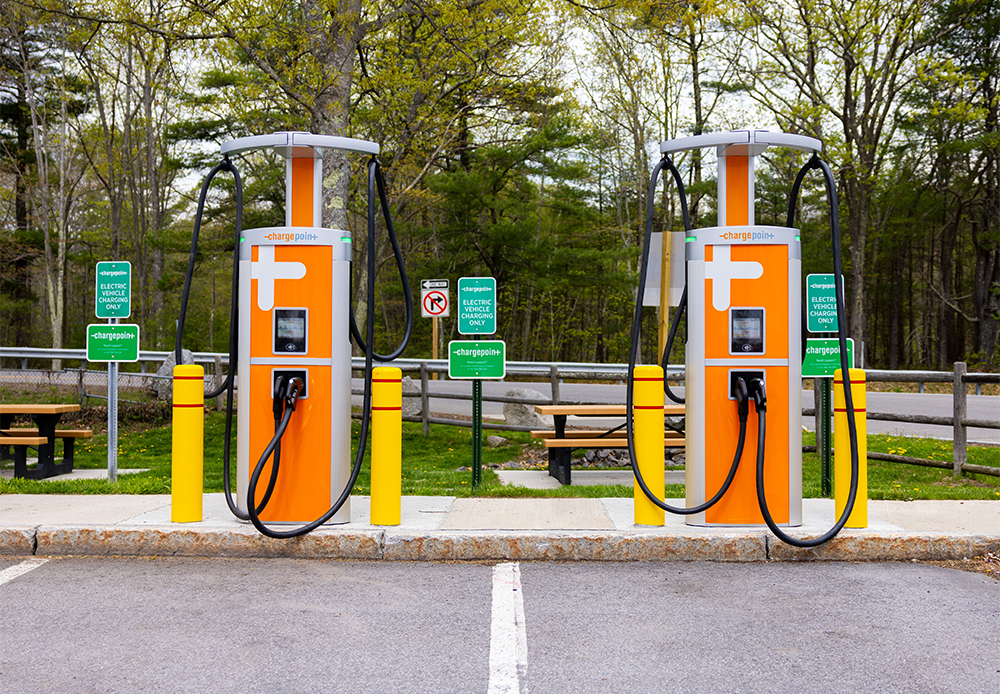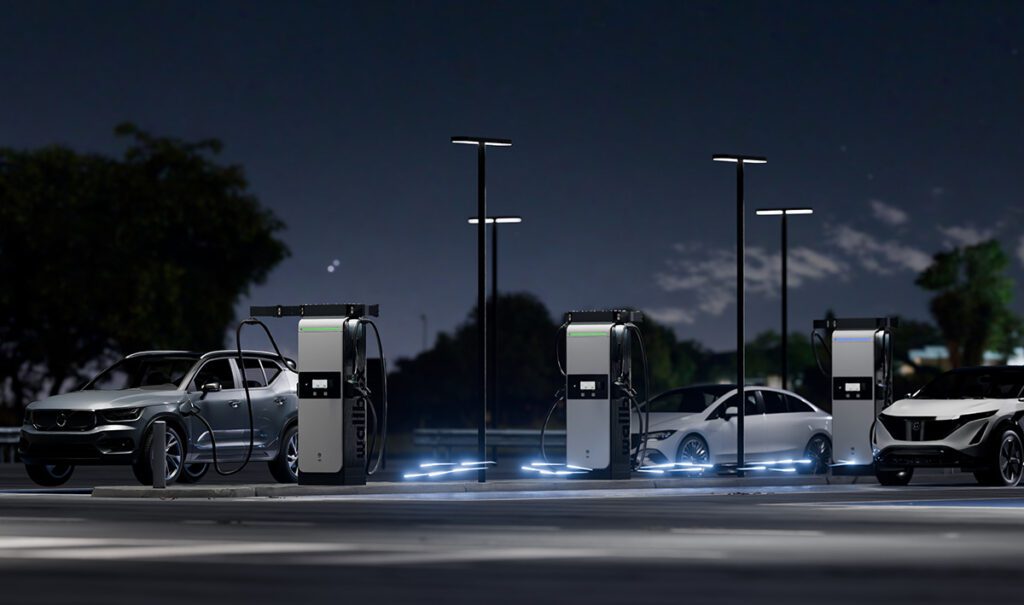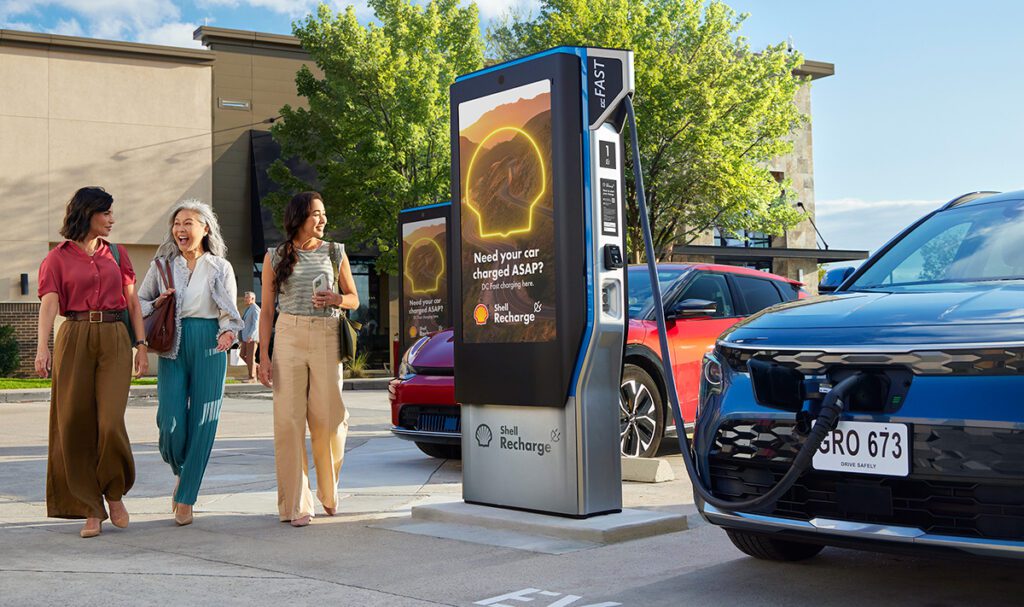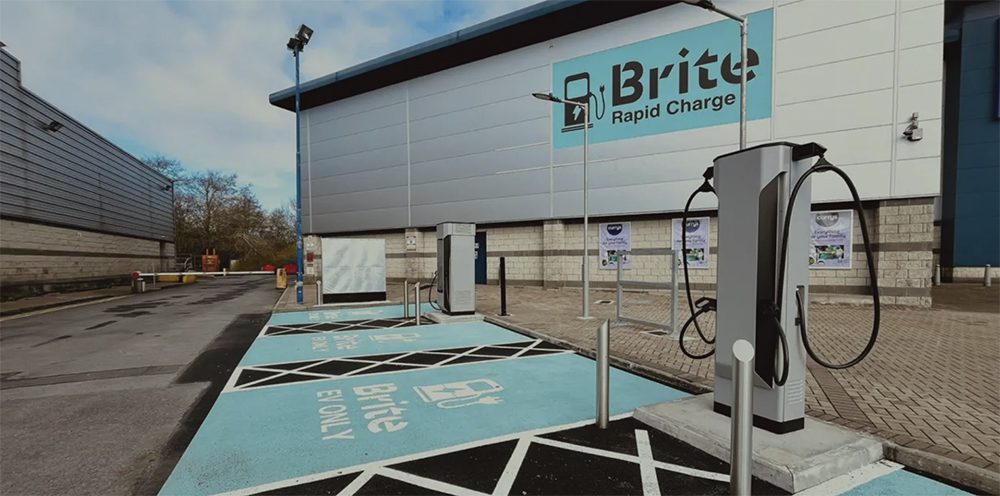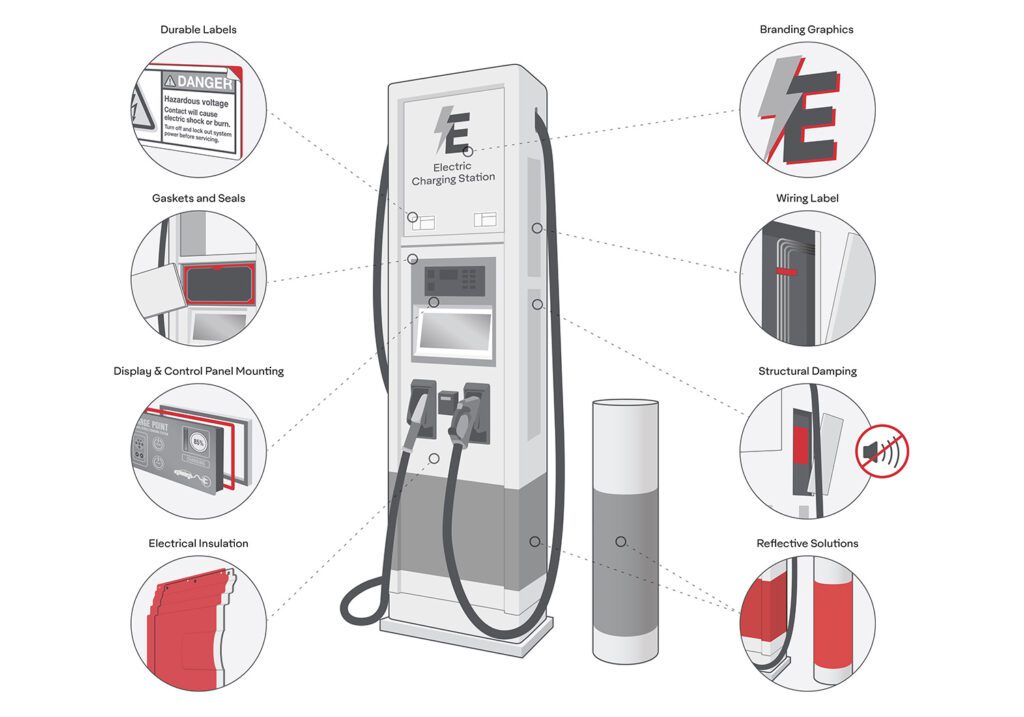Researchers at Germany’s Fraunhofer Institute for Material
and Beam Technology IWS have developed a new battery cell production process
that coats electrodes with a dry film instead of liquid chemicals. This
simplified process saves energy and eliminates toxic solvents. The Fraunhofer researchers,
with colleagues from Samsung, describe their findings in a new paper, “Overcoming binder
limitations of sheet-type solid-state cathodes using a solvent-free dry-film approach,” published
in Energy Storage Materials.
Maxwell Technologies, now a subsidiary of Tesla, is also working on a dry electrode tech that eliminates the need for toxic solvents. Once Tesla and partner Panasonic get Maxwell’s process up and running, it’s expected to save loads of money, time and factory space.
Reducing the costs of producing battery cells is a highly desirable end in itslef, but the Fraunhofer engineers see the potential to change the global energy storage market. For years, Asian companies have dominated the battery cell market. German (and US) automakers currently get most of their cells from Korean and Japanese companies. As the proliferation of EVs and stationary storage applications increases demand for cells, this is becoming an increasingly intolerable situation. That’s why, last November, the German government announced that it would invest a billion euros to support local battery cell production (as reported by Reuters via Electrek).
One reason the Asians dominate the cell market is a cost advantage – the current process for producing cells is very energy-intensive, and Germany has famously high electricity prices. A lower-cost production method could change the equation.
“Our dry transfer coating process aims to noticeably reduce the process costs in electrode coating,” said paper co-author Dr. Benjamin Schumm. “Manufacturers can eliminate toxic and expensive solvents and save energy costs during drying. Our technology also facilitates the use of electrode materials that are difficult or even impossible to process wet-chemically. For all these reasons, we think that our technology can help to achieve internationally competitive battery cell production in Germany and Europe.”
The current wet-chemical process involves mixing the active battery materials with additives to create a paste, adding expensive organic solvents. Elaborate precautions are necessary to protect workers and the environment from the toxic solvents. Once the paste has been applied to thin metal foils, dozens of large heating elements are used to dry the coated films – this drying procedure is what racks up the high electricity costs.
The new film transfer technology eliminates these steps. The IWS engineers mix their active material with binding polymers, then process this dry mixture in a rolling mill, where shear forces tear molecular chains out of the binder polymers. These fibrils join with the electrode particles to form a web that provides the electrode material with stability. The result is a flexible dry electrode material layer. In the next step, the rolling mill laminates the 100-micrometer-thick film onto an aluminum foil to form the finished electrode.
The Finnish company BroadBit Batteries is working with Fraunhofer to commercialize the new process. The firm has commissioned a pilot plant in its Espoo factory, which will use the dry coating process to produce new types of sodium-ion batteries.
Source: Fraunhofer Institute via Green Car Congress







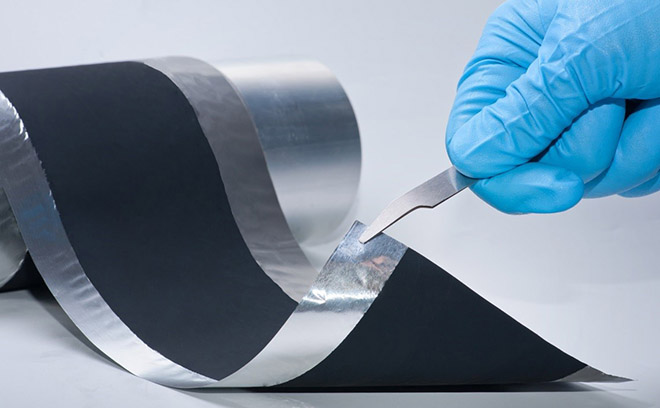
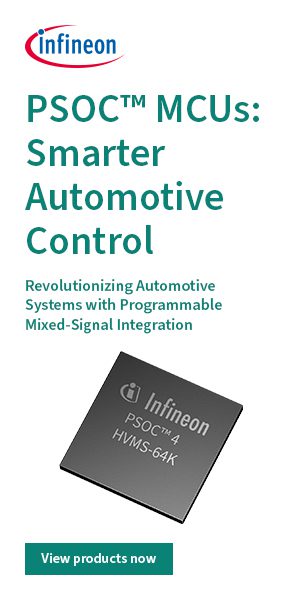
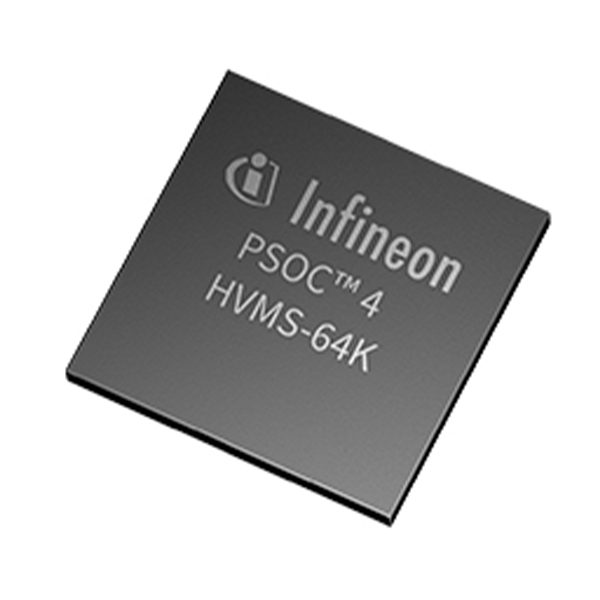



















































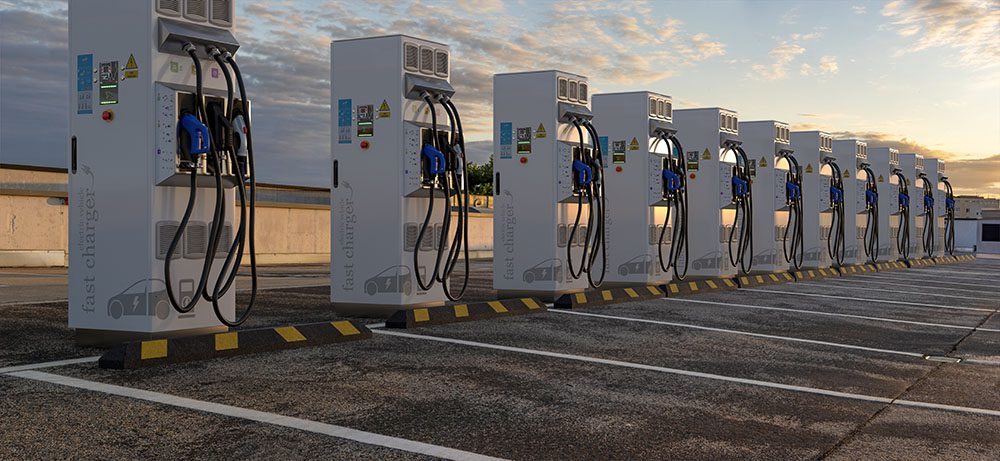


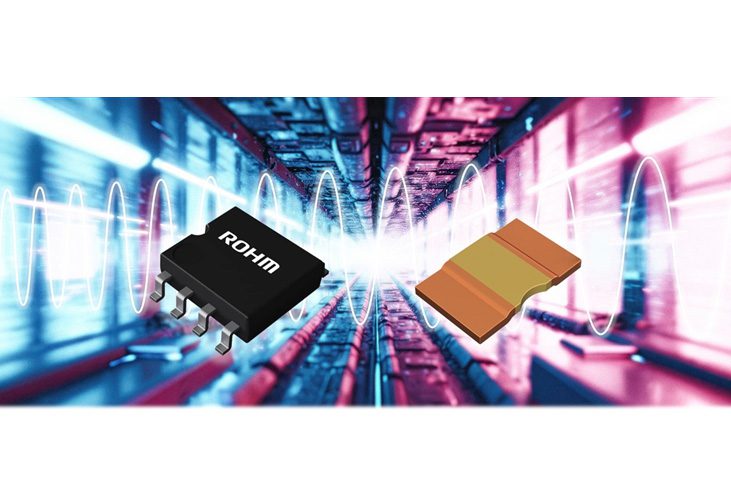
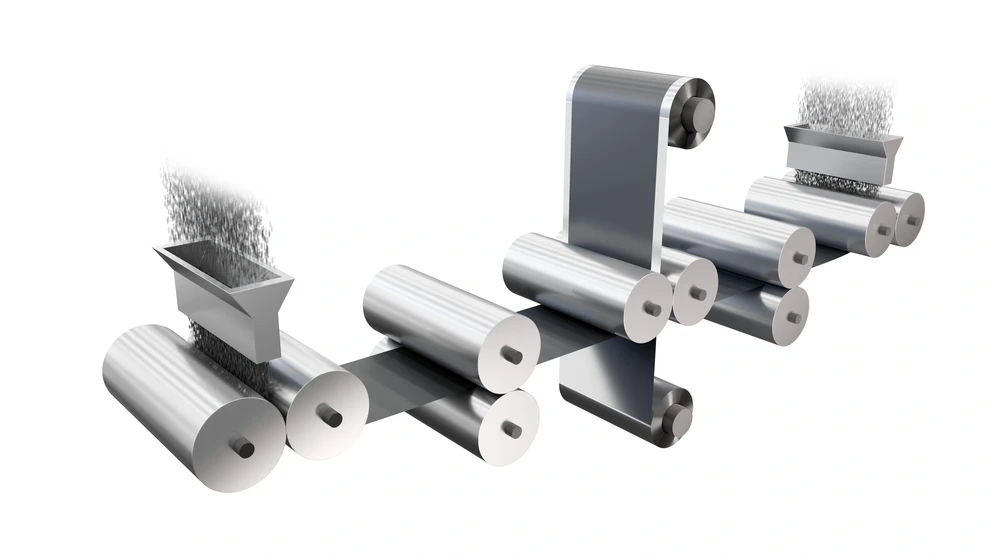
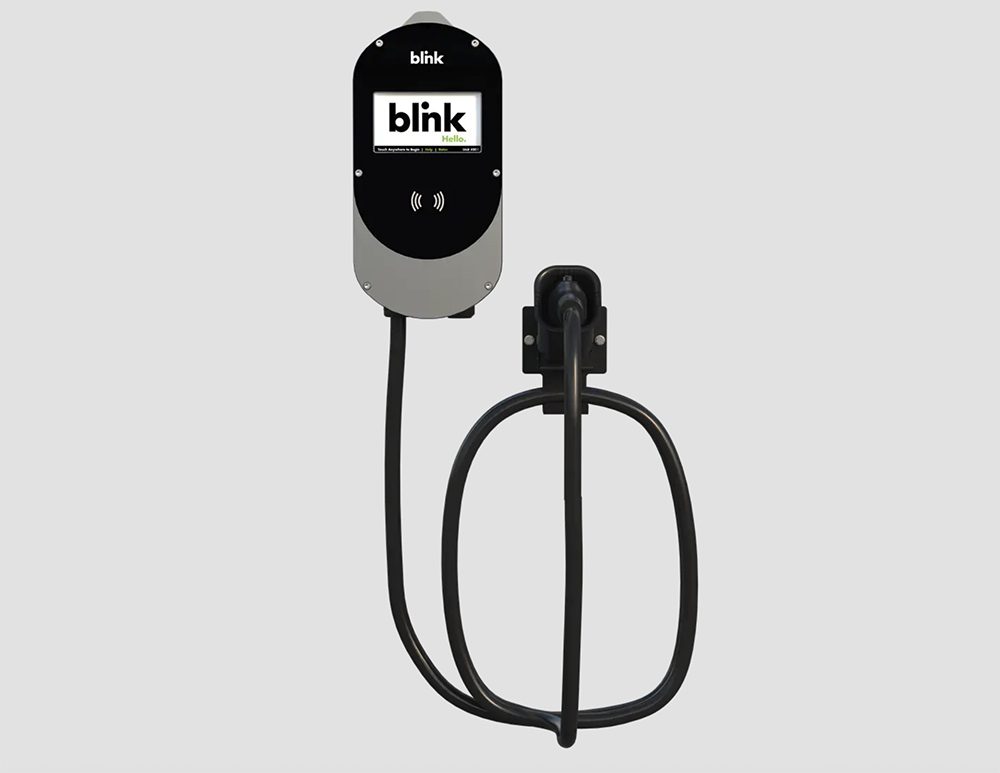



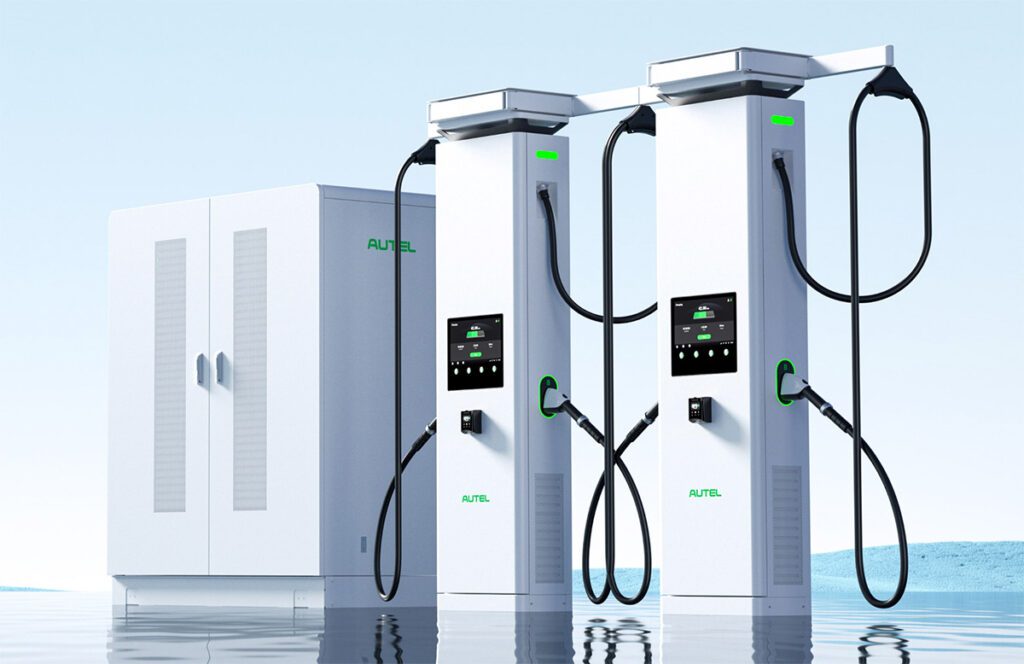
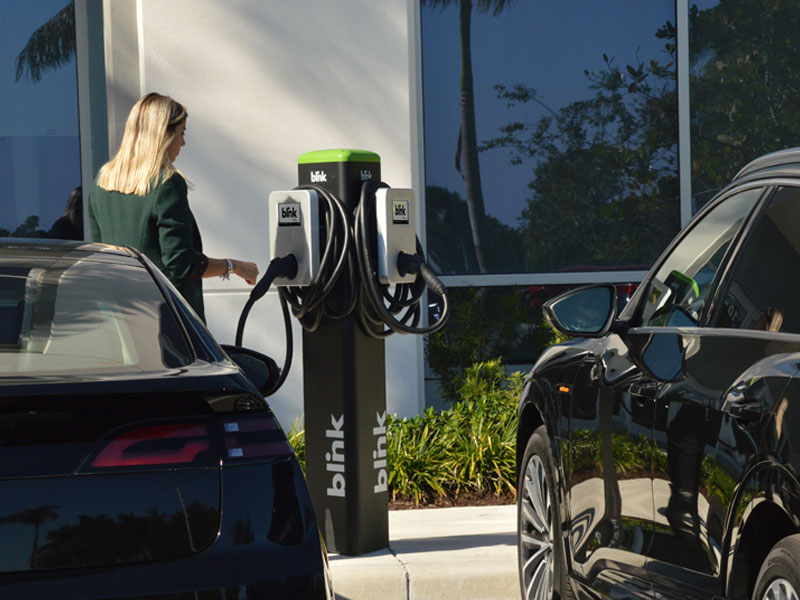
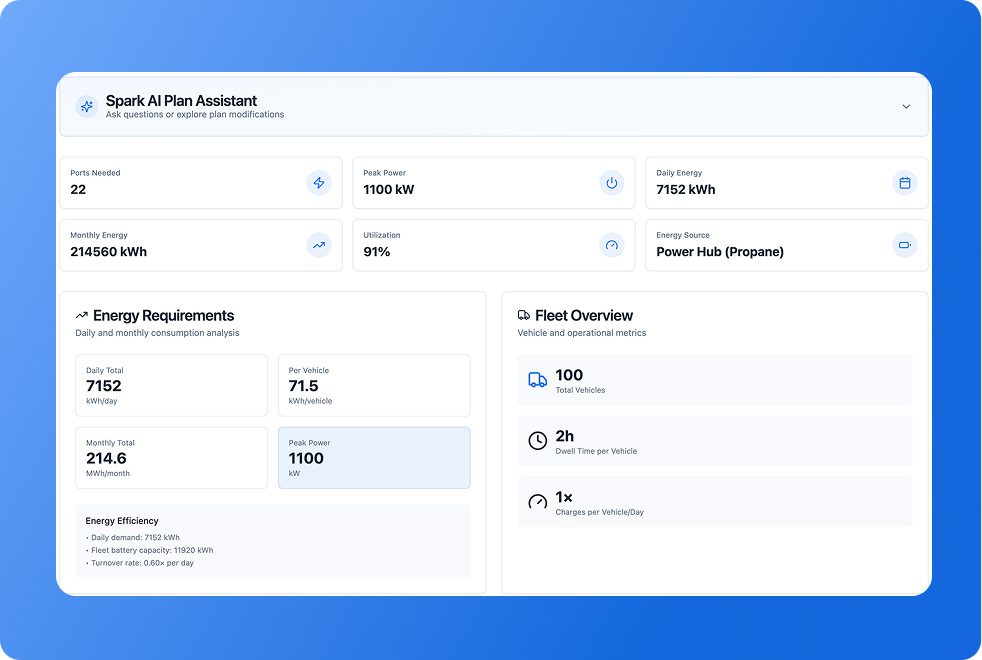
![New York City may replace Central Park’s horse-drawn cabs with electric carriages [Updated]](https://chargedevs.com/wp-content/uploads/2025/09/AdobeStock_273233016.jpg)
